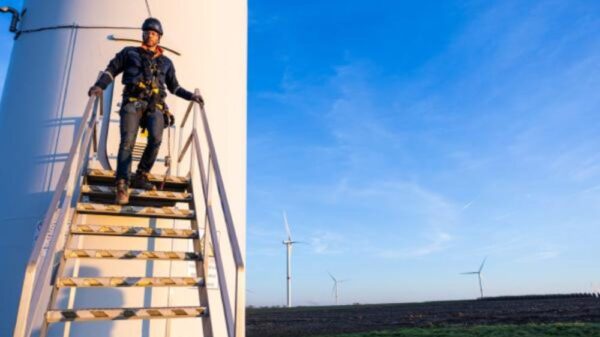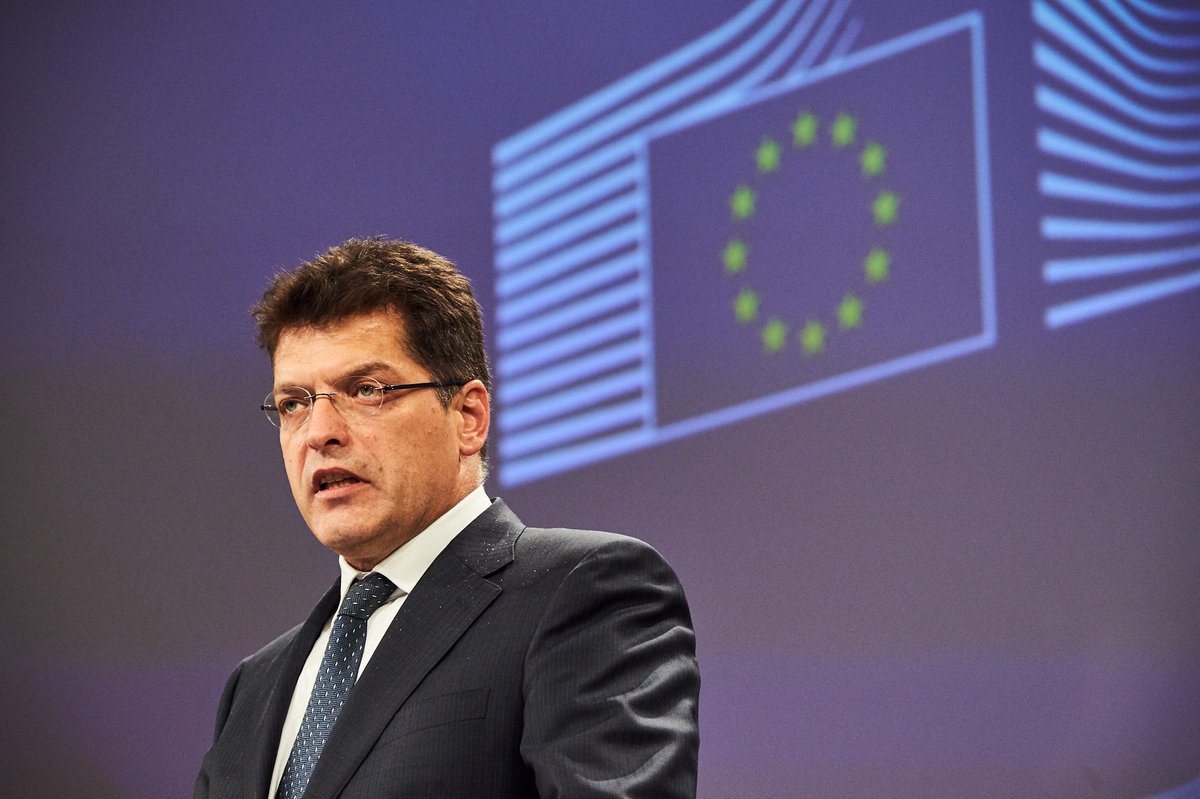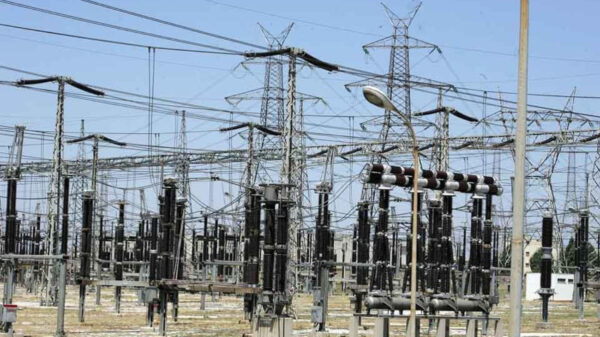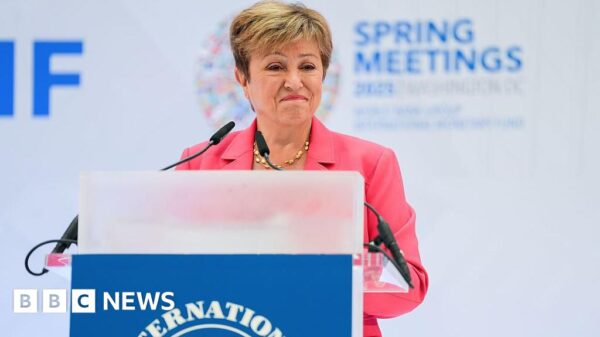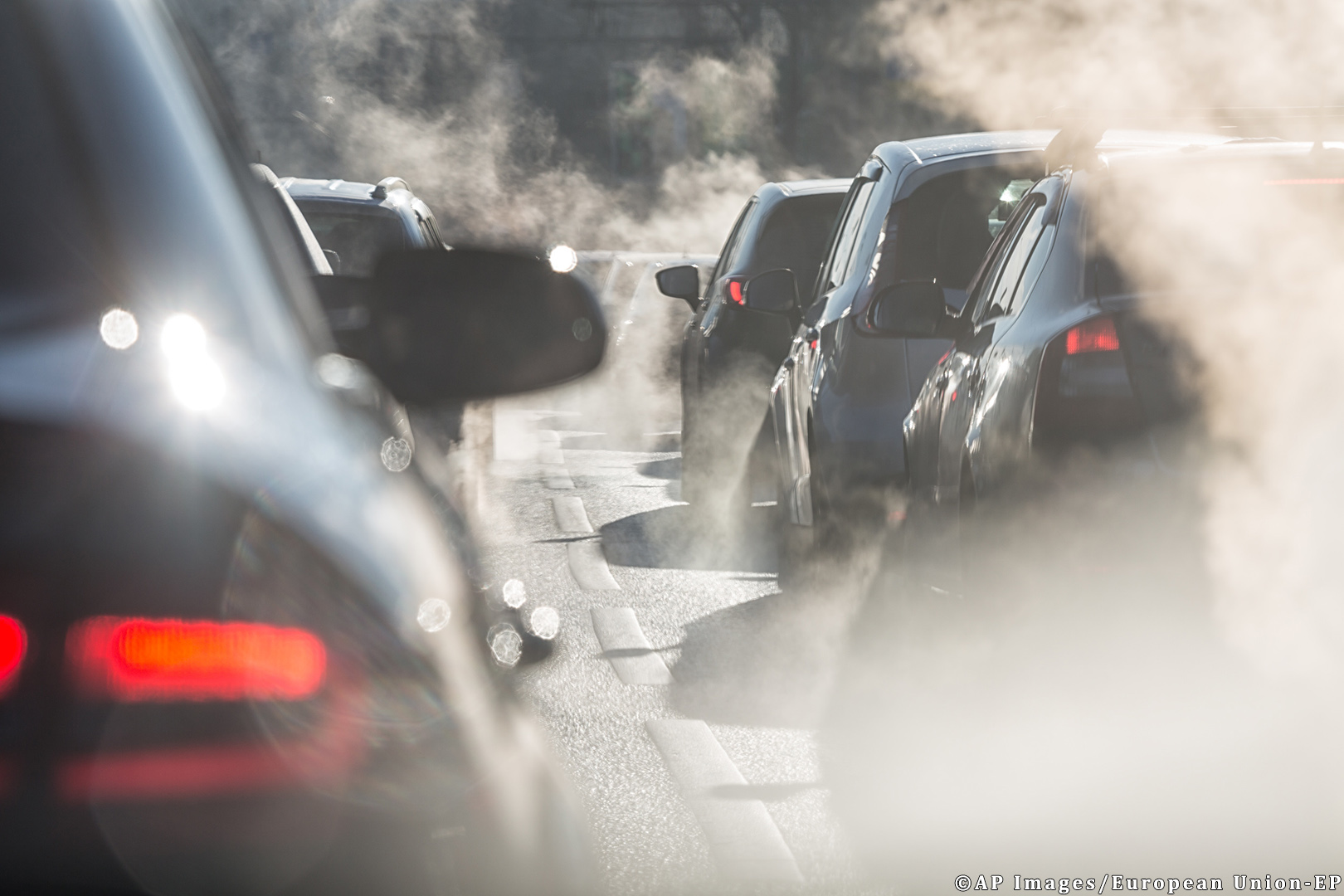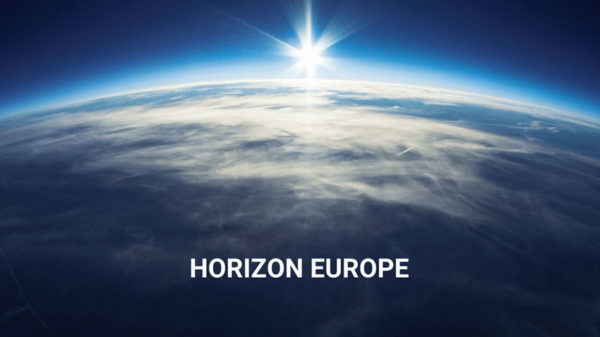The EU is banning the sale of new cars and vans with combustion engines as of 2035 in order to make the road transport sector climate neutral, Society.
In an effort to deliver on its ambitious climate goals, the EU is revising legislation in sectors that have a direct impact under the Fit for 55 package. This includes transport, the only sector in which greenhouse gas emissions remain higher than in 1990, having increased more than 25%. Transport accounts for a fifth of total EU emissions.
Road transport accounts for the largest percentage of transport emissions and in 2021 was responsible for 72% of all EU domestic and international transport greenhouse gas emissions.
Why cars and vans?
Passenger cars and vans (light commercial vehicles) produce about 15% of the EU’s total CO2 emissions
Toughening car emissions standards would help to achieve the EU’s climate targets for 2030.
Current situation
Average CO2 emissions from new cars was 122.3 g CO2/km in 2019, better than the EU target of 130 g CO2/km for the period 2015-2019, but well above the target of 95g/km set for 2021 onwards.
The number of electric cars has been growing fast, accounting for 11% of newly registered passenger cars in 2020.
Find out more facts and figures about car emissions.
New targets
The new legislation sets the path towards zero CO2 emissions for new passenger cars and light commercial vehicles in 2035. Intermediate emissions reduction targets for 2030 are set at 55% for cars and 50% for vans.
Targets are expressed in percentages because the 95 g/km standard will have to be recalculated according to the new more rigorous emissions test that better reflects real driving conditions.
The revised legislation should help Europeans by deploying zero CO2 emission vehicles more broadly – better air quality, energy savings and lower costs for owning a vehicle – and stimulate innovation in zero-emission technologies.
The Parliament and EU countries reached an agreement on the final form of the rules in October 2022. It was approved by Parliament in February 2023 and adopted by the Council in March 2023. The legislation entered into force in April 2023.
In addition, the EU plans to provide for more electric charging and hydrogen refuelling stations on main roads. In July 2023, Parliament adopted new rules to deploy electric charging pools for cars once every 60 kilometres along main roads by 2026, as well as hydrogen refuelling stations at least every 200 kilometres by 2031. The rules must be endorsed by the Council, before coming into force.
More on transport emissions
- Cutting emissions from planes and ships
- Emission from planes and ships facts and figures
- Tapping into the benefits of renewable hydrogen
New CO2 targets for cars and vans
- Check legislative progress
- Briefing: CO2 emission standards for new cars and vans (February 2022)
- Infographic: transport CO2 emissions (October 2020)
- Climate change
- EU measures against climate change
- Green Deal: key to a climate-neutral and sustainable EU
- What is carbon neutrality and how can it be achieved by 2050?
- EU environmental policy to 2030: a systemic change
- EU and the Paris agreement: towards climate neutrality
- Companies should be held accountable for their actions, say MEPs
- Reducing carbon emissions: EU targets and policies
- The EU Emissions Trading Scheme (ETS) and its reform in brief
- Cutting EU greenhouse gas emissions: national targets for 2030
- Carbon leakage: preventing firms from avoiding emissions rules
- Climate change: the greenhouse gases causing global warming
- How the EU reduces greenhouse gases beyond CO2
- EU ban on sale of new petrol and diesel cars from 2035 explained
- Reducing car emissions: new CO2 targets for cars and vans explained
- How to increase the use of alternative fuels for cars
- Cutting emissions from planes and ships: EU actions explained
- Renewable hydrogen: what are the benefits for the EU?
- How the EU is boosting renewable energy
- Energy saving: EU action to reduce energy consumption
- Renewable energy: setting ambitious targets for Europe
- Climate change: better using EU forests as carbon sinks
- Deforestation: causes and how the EU is tackling it
- Sustainable forestry: Parliament’s work to fight deforestation
- Europe’s one trillion climate finance plan
- Just Transition Fund: help EU regions adapt to green economy
- Social Climate Fund: Parliament’s ideas for a just energy transition
- How to increase green investment in the EU
- EU defines green investments to boost sustainable finance
- Why is EU funding for regions important?
- Climate change in Europe: facts and figures
- Greenhouse gas emissions by country and sector (infographic)
- Infographic: how climate change is affecting Europe
- EU progress towards 2020 climate change goals (infographic)
- CO2 emissions from cars: facts and figures (infographics)
- Emissions from planes and ships: facts and figures (infographic)
- Infographic: timeline of climate change negotiations







